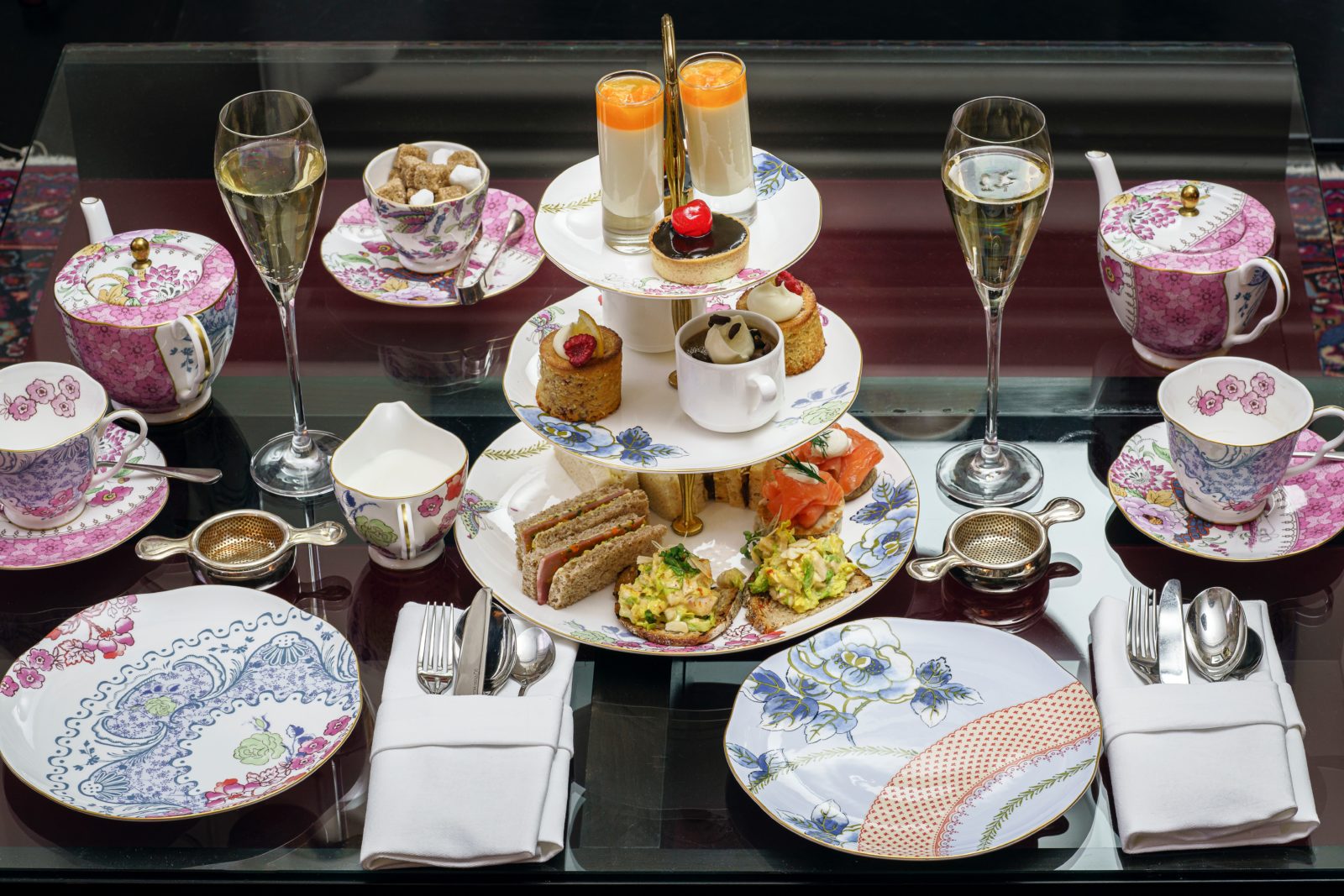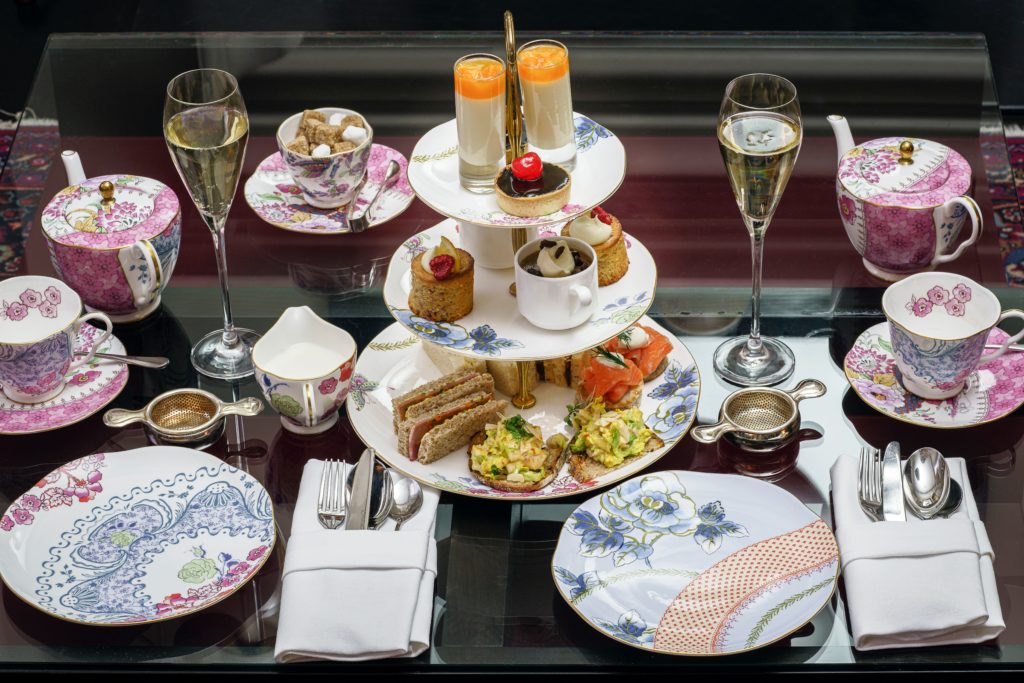
What we call tea — anything from a cup of Japanese matcha to a pot of Early Grey to a mug of peppermint — offers more flavors than any other beverage on earth. Tea isn’t just one thing, like coffee, with subtle nuances between blends and preparations. Even wine, which involves many different grapes and styles, still doesn’t roam far. When you taste a glass of wine, whether it’s a sweet Gewurztraminer from Germany or a dry Tempranillo from Spain, you immediately understand it’s a beverage made from fermented grapes.
Pairing wine and food is famous. Sommeliers devote entire careers to it. But given tea’s diversity of flavors, it may be the ultimate beverage for food pairing.
Many of us in the United States and the United Kingdom already understand the glories of pairing traditional UK-style teas like English Breakfast with sugar cookies or a Pain Au Chocolat. Sipping a lemony glass of iced tea with barbecue is standard in many parts of the country — the citrus sour helps cut through the meat’s fat, and balances the sweetness in the sauce.
But pairing tea and food goes far beyond the few familiar options.
Pairing Gen Mai Cha Green Tea with Sushi
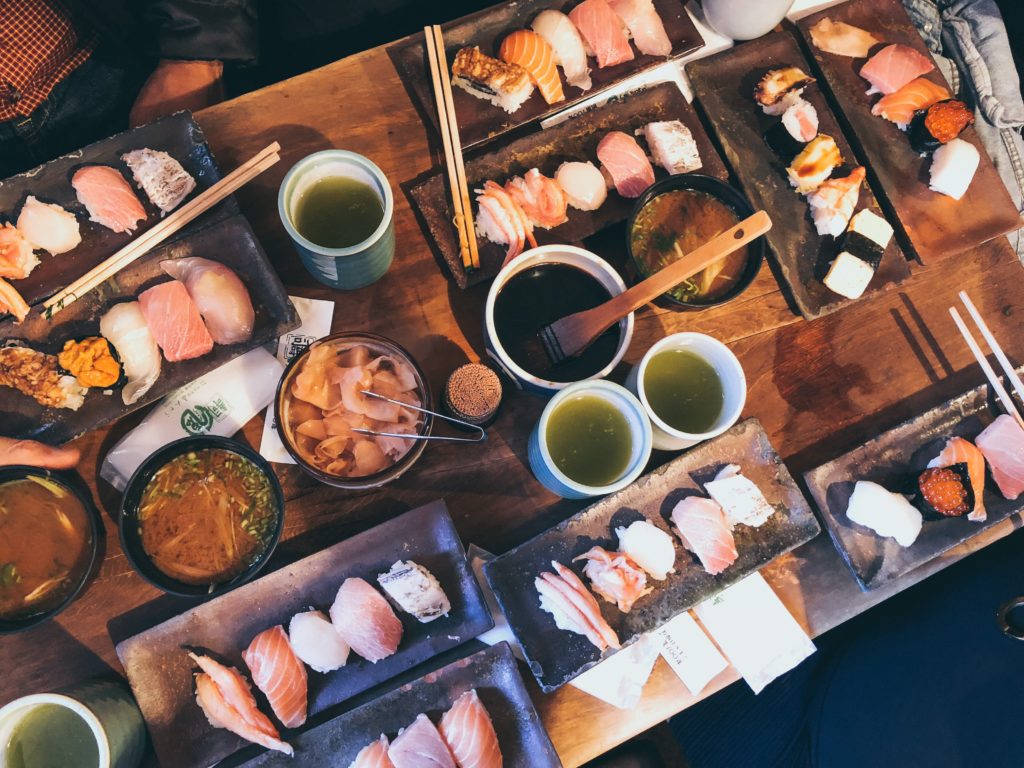
The Japanese produce a range of interesting teas, including several that come with ingredients other than tea leaves. At Ku Cha we carry an organic Gen Mai Cha, a sencha tea blend that contains toasted and puffed rice.
In Japan, people sip cups of Gen Mai Cha with many of the country’s delicate, mild foods. It’s a standard with sushi — the toasted notes from the rice in the tea, along with sencha’s natural grassiness, perfectly complements sushi. As rice is so central to sushi, the toasted rice in the tea adds rice-like notes to the culinary experience, boosting complexity. And sencha, which is a steamed green tea, offers more than just hints of grass — it carries whispers of seaweed, too. As a result, it heightens the sensation of communing with the sea when eating sushi.
Gen Mai Cha, as well as green tea in general, also pairs well with things like goat and sheep cheese. Both the cheeses and the tea broadcast hay-like flavors (this gets back to the grassiness of many green teas, including Gen Mai Cha). When paired, the flavors dance together.
Lemon Blossom Oolong and Seafood, Grilled Chicken, Cheese
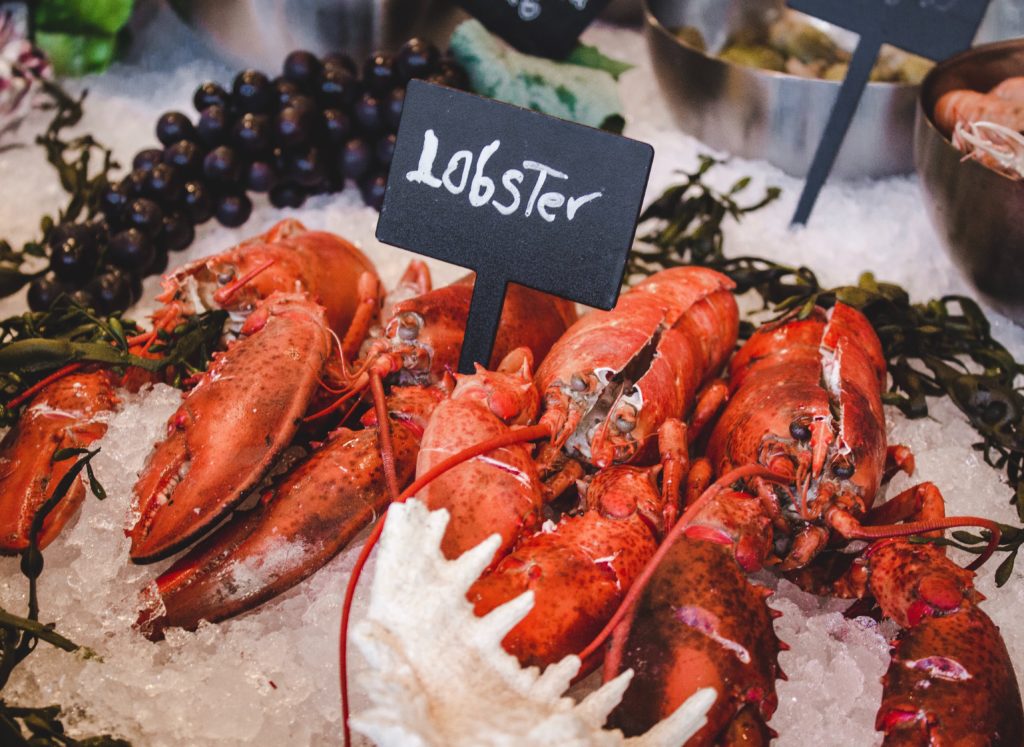
We adore oolong, a traditional Chinese tea that is sun-dried and semi-oxidized. In terms of its production, it lies somewhere between a green tea, which involves little or no oxidation, and a heavily oxidized black tea.
Among styles of Camellia sinensis, oolong offers the most variety. Some taste honeyed and floral, while others are woodsy and bold. Some styles of oolong, too, taste fresh and green — a meadow in a cup.
Light oolongs are floral, and wonderful with seafood. These oolongs also are frequently paired with fruits like pears, persimmons, apples and plum. Darker, woodsy oolongs complement dark meats like duck, as well as dishes like roast pork and salmon.
Our Lemon Blossom Oolong is a blend, containing oolong, lemon, heather blossom, red cornflower blossom and apple. At home, we often sip this exceptional tea with grilled seafood and meat.
We all know that lemon and seafood stand as a classic pairing, and so it’s no surprise that this lemony tea complements seafood. In addition, the bright flavors help balance the boldness that comes through from a leg of grilled chicken or a New York Strip steak.
The lemon, too, sets off complexities in cheese. We often choose Lemon Blossom Oolong with nibbling on cheese and crackers.
Organic Sweet Mint Tea and Fruits, Chocolate
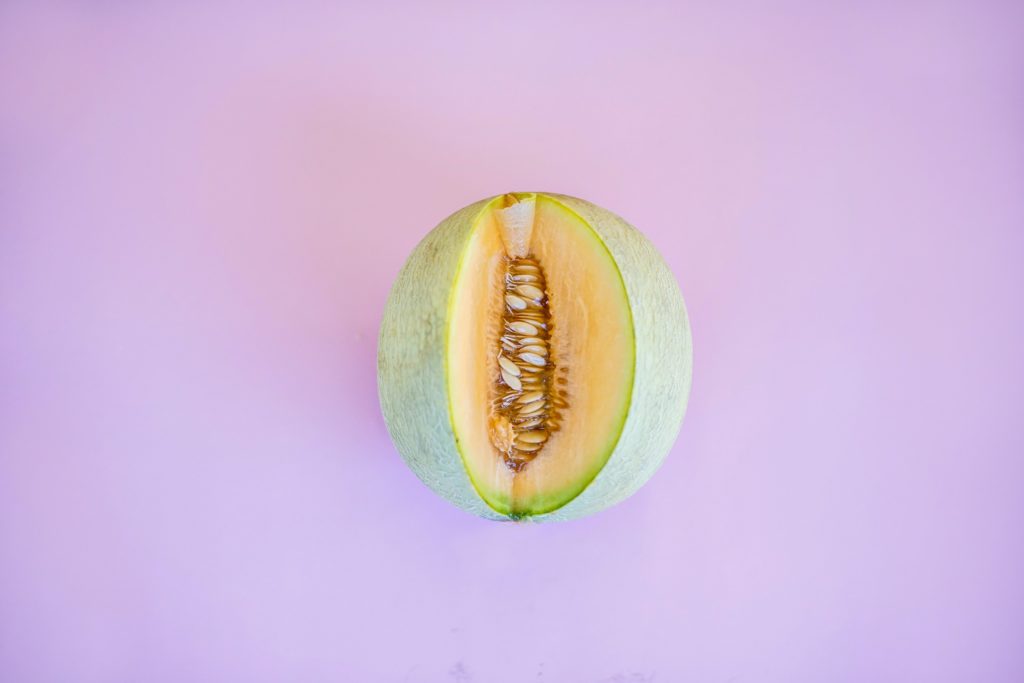
This category is extremely broad. Herbal tea can taste like mint. It comes in flavors of dried mango, chamomile, rose and cinnamon. As such, it really doesn’t make sense to discuss what pairs with the category “herbal tea.” Given the myriad choices, there is probably an herbal tea the pairs perfectly with every food on the planet.
Among many herbal teas, we carry Organic Sweet Mint tea, a blend with peppermint, spearmint and licorice, that tastes so outstanding with fruit, especially melon, that we almost hesitate to eat fruit without the tea. This special tea also sings when it is sipped between bites of chocolate. Flourless chocolate cake and Organic Sweet Mint tea? Together, they are like a couple madly in love and holding hands.
Pink Pomegranate Tea For Dessert — Or a Cocktail
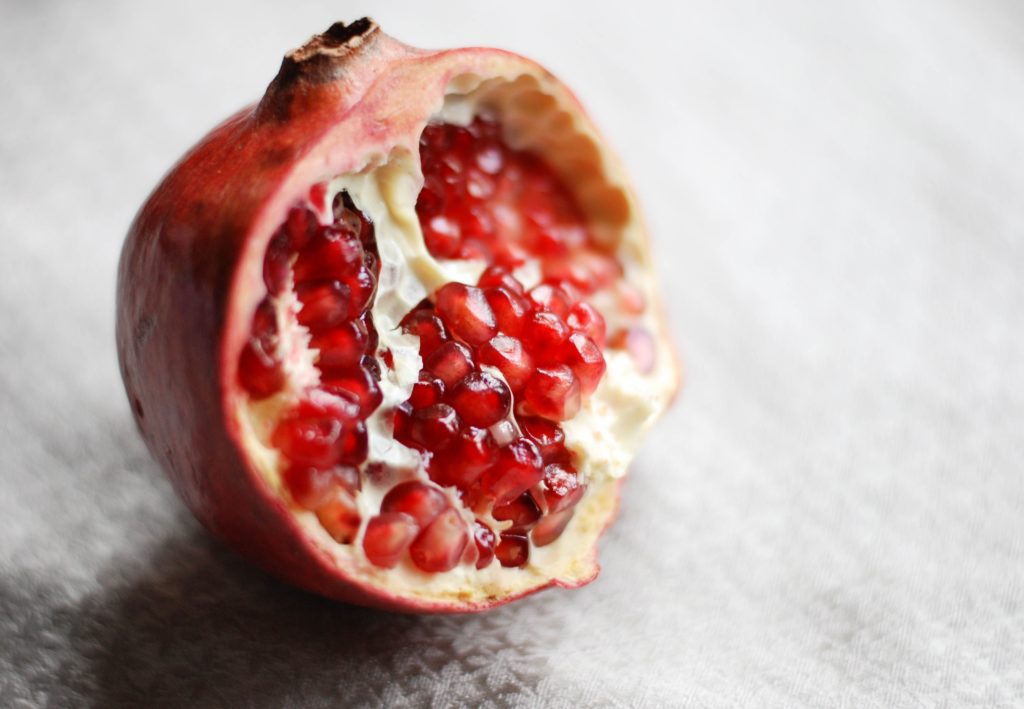
If you have never tried a dessert fruit, now is the time. Who needs a plate of cookies when you’ve got our Pink Pomegranate tea, a blend of pomegranate, pineapple, apple, dragon fruit, hibiscus and yogurt crunch (trust on this ingredient). On its own, Pink Pomegranate is a home-run kind of dessert.
But we also think it makes a fabulous cocktail.
Here’s our recipe:
1). Steep 1 oz. of Pink Pomegranate fruit tea in 6 oz. of Vodka (room temperature) for 3 hours. Strain, discard the tea leaves and set the tea infused liquor aside.
2). Steep the same tea, now with boiling hot water, for 5 minutes. For 16 oz. of the tea, I use about 2 table spoons of dry leaves. Strain the leaves.
3). Let both liquids chill in the refrigerator.
4). Mix the two together, with 1 part of the liquor and 4 parts of the tea. The infusion is naturally sweet so it is not necessary to add more sweetener. However if you have a sweet tooth you can add some simple syrup. Garnish with some pomegranate pieces.
Soon, we all will return to our restaurants and parks, our schools and shops and offices and the rest of everything we treasure and miss.
But for now, we’re stuck at home, and hungry for new ways to engagingly pass the time. Try pairing tea and food! Visit our website, pick some teas that sound interesting, and we will deliver them to your house. And then get cooking!

